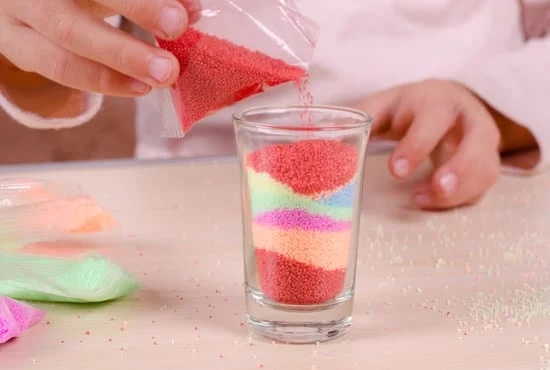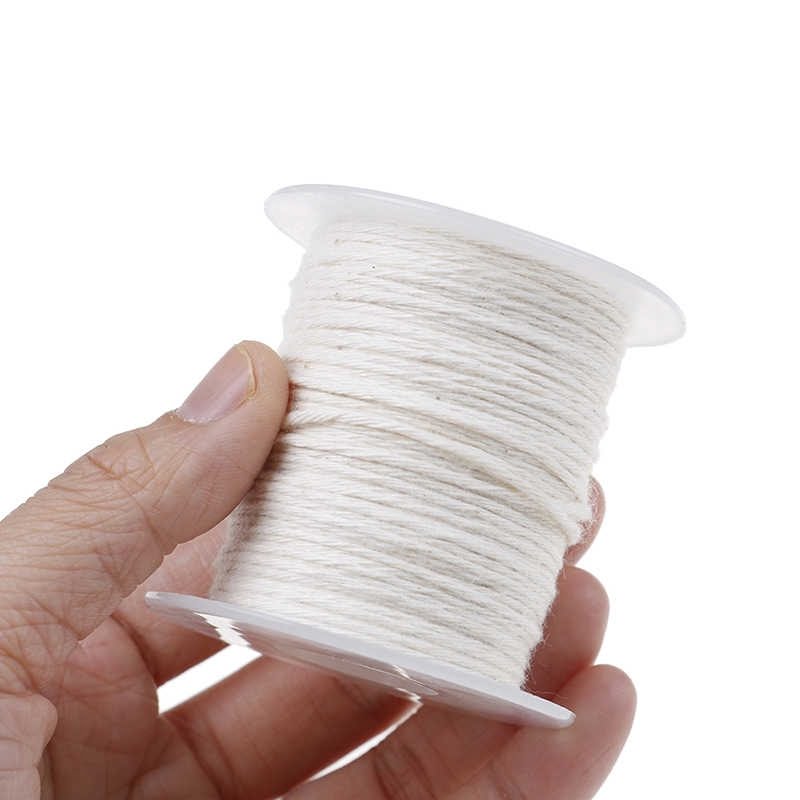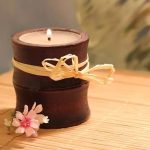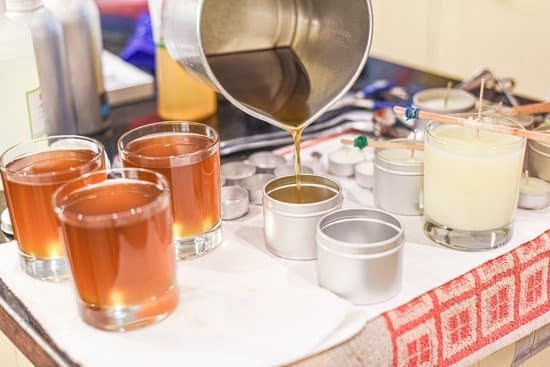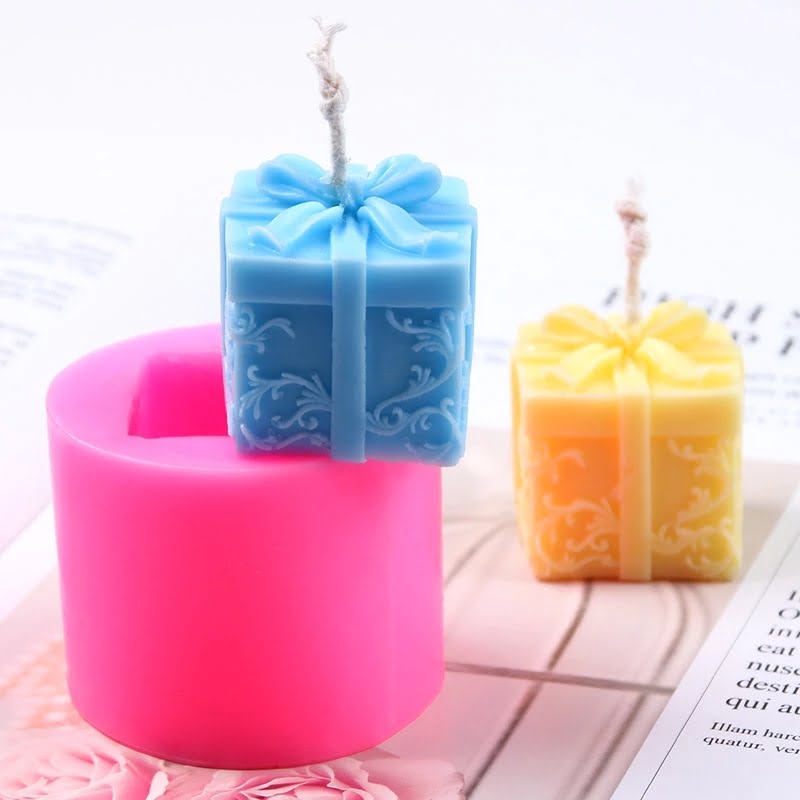Are you looking for a sustainable and natural way to light up your space? Look no further than making candles with beeswax and tallow.
These traditional ingredients have been used for centuries in candle making, offering a range of benefits from longer burn times to cleaner burning. In this article, we will delve into the art and craft of creating beautiful and aromatic candles using beeswax and tallow, exploring their history, benefits, sourcing tips, candle making techniques, creative designs, and care instructions.
Beeswax and tallow are prized for their natural and sustainable qualities, making them ideal choices for environmentally-conscious candle makers. Not only do these ingredients offer longer burn times compared to conventional paraffin wax candles, but they also produce minimal soot when burned, contributing to a cleaner indoor environment. Additionally, beeswax and tallow candles emit a warm and natural fragrance that enhances the ambiance of any space.
Throughout history, beeswax and tallow have been revered for their use in candle making due to their availability and practicality. Despite technological advancements and the introduction of alternative wax types, the tradition of using beeswax and tallow has persisted through the years. In this article, we will explore the historical significance of these ingredients in candle making so that you can appreciate their timeless appeal.
History and Tradition of Beeswax and Tallow Candle Making
Beeswax and tallow have been used for centuries in the art of candle making, dating back to ancient times. The use of beeswax and tallow in candle making holds a rich historical significance and cultural tradition.
In ancient civilizations, such as the Egyptians and Romans, candles made from these natural ingredients were highly prized for their clean and bright light. The tradition of using beeswax and tallow for candle making has endured through the ages, with these traditional methods still being relevant today.
Historically, beeswax was considered a luxury item due to its scarcity and the labor-intensive process of collecting it from beehives. It was often reserved for religious ceremonies, celebrations, and special occasions. Tallow, derived from animal fat, was more readily available and commonly used by those who could not afford beeswax. Despite their differences in availability and cost, both beeswax and tallow candles played integral roles in lighting homes, illuminating streets, and adorning sacred spaces.
Today, the historical significance of using beeswax and tallow in candle making continues to be celebrated. Many artisans and candle enthusiasts appreciate the tradition behind these natural ingredients and honor the craftsmanship involved in creating candles with them. By embracing the historical roots of beeswax and tallow candle making, individuals can connect with ancient traditions while also promoting sustainability through the use of renewable resources.
Benefits of Beeswax and Tallow Candles
Beeswax and tallow candles offer a myriad of benefits that make them an attractive choice for both practical and mindful consumers. These natural ingredients provide unique qualities that set them apart from traditional paraffin wax candles, making them a popular choice for those who prioritize sustainability and health.
Here are some of the key benefits of making candles with beeswax and tallow:
- Longer Burn Times: Beeswax and tallow candles are known for their longer burn times compared to conventional candles. This means that they not only last longer but also provide extended periods of fragrance and ambiance in your home.
- Cleaner Burning: One of the most appreciated attributes of beeswax and tallow candles is their clean burning nature. They produce little to no smoke or soot, resulting in healthier air quality in your living spaces.
- Natural and Sustainable: Both beeswax and tallow are natural, renewable resources, making them a sustainable choice for eco-conscious individuals. By using these ingredients, candle makers can reduce their environmental impact while enjoying the beauty of natural candlelight.
By choosing to make candles with beeswax and tallow, crafters can enjoy longer-lasting, cleaner-burning candles while supporting sustainable practices. Additionally, the health benefits of these natural ingredients make them an appealing option for those seeking a more mindful approach to candle making.
Sourcing Quality Beeswax and Tallow
When it comes to making candles with beeswax and tallow, sourcing high-quality ingredients is essential for creating beautiful and effective candles. Beeswax is a natural wax produced by honeybees, known for its clean and long-lasting burn, while tallow, a form of animal fat, can help stabilize the wax and produce an even burn. To ensure the best results, it’s important to find reputable sources for these key ingredients.
One of the most important factors to consider when sourcing beeswax and tallow is quality. Look for suppliers who prioritize sustainable and ethical practices in their production methods. This may include beekeepers who practice responsible hive management and farmers who raise animals in humane conditions. By choosing ethically sourced materials, you can feel good about supporting environmentally-friendly and socially responsible practices.
In addition to quality, it’s also crucial to consider purity when sourcing beeswax and tallow for candle making. Pure beeswax should be free from additives or synthetic chemicals, while tallow should be rendered from high-quality animal fat without any added preservatives or artificial ingredients. Checking the purity of these ingredients will ensure that your candles are free from harmful toxins or impurities that could affect their performance.
| Beeswax Criteria | Tallow Criteria |
|---|---|
| Responsibly sourced from beekeepers practicing ethical hive management | Rendered from high-quality animal fat without added preservatives |
| Pure and free from additives or synthetic chemicals | Obtained from farmers who raise animals in humane conditions |
By ensuring that your beeswax and tallow meet these criteria, you can create candles that not only look beautiful but also burn cleanly and efficiently. Whether you’re making candles for personal use or as part of a small business venture, sourcing quality beeswax and tallow is a foundational step in the candle-making process.
Candle Making Techniques With Beeswax and Tallow
Choosing the Right Materials
When making candles with beeswax and tallow, it is important to start with high-quality materials. Look for pure, unadulterated beeswax from a reputable source. It should have a natural aroma and a rich color, indicating its purity. Similarly, when selecting tallow, opt for organic and sustainably sourced animal fat to ensure the best results.
Melting and Blending
To begin the candle making process, melt the beeswax and tallow together in a double boiler over low heat. Stir occasionally to blend the two ingredients thoroughly. Once melted, remove the mixture from the heat and add any desired essential oils for fragrance.
Pouring and Setting
Prepare your candle molds by securing the wick at the center of each mold. Carefully pour the melted beeswax and tallow mixture into the molds, taking care to avoid air bubbles. Allow the candles to cool and solidify completely before removing them from the molds.
By following these techniques for making candles with beeswax and tallow, you can create beautiful, all-natural candles that provide both aesthetics and functionality in your home.
Creative Candle Designs and Uses
When it comes to making candles with beeswax and tallow, the creative possibilities are endless. These natural ingredients lend themselves to beautifully unique candle designs that can be both decorative and functional. Whether you’re looking to add a touch of elegance to your home dcor or create a soothing atmosphere for aromatherapy, candles made with beeswax and tallow offer a wide range of creative possibilities.
Inspiring Candle Designs
One of the most appealing aspects of making candles with beeswax and tallow is the opportunity to experiment with different shapes, sizes, and colors. From classic tapered candles to whimsical molded designs, the malleability of beeswax enables crafters to create stunning and imaginative candle shapes.
Tallow can also be used to add depth and texture to candle designs, creating a rustic and natural look. The rich, creamy color of these ingredients provides a beautiful base for adding natural dyes or botanical embellishments, allowing for endless creativity in design.
Uses in Home Dcor and Aromatherapy
In addition to their aesthetic appeal, candles made with beeswax and tallow offer practical uses in home dcor and aromatherapy. Beeswax candles emit a warm, honey-like fragrance that adds cozy ambiance to any space. When infused with essential oils, they can become powerful tools for aromatherapy, providing therapeutic benefits such as stress relief or mood enhancement. Tallow candles, on the other hand, offer a subtle yet comforting aroma that is reminiscent of traditional candlelight.
Unique Applications
Beyond traditional candle holders, there are many unique ways to incorporate beeswax and tallow candles into home dcor. For example, floating candles made from beeswax can bring an enchanting touch to tabletop centerpieces or indoor water features. In aromatherapy practices, beeswax and tallow candles can be used in conjunction with massage therapy or meditation rituals. With these versatile ingredients, the application of natural candles extends far beyond simple illumination.
With their versatility in design and wide range of practical uses, beeswax and tallow candles serve as not only sources of light but also as works of art that enhance our surroundings. Whether it’s through intricate patterns or soothing scents, these natural materials allow for endless potential in creating truly unique candles that add beauty and functionality to any space.
Caring for Beeswax and Tallow Candles
When it comes to caring for beeswax and tallow candles, it’s important to understand the unique qualities of these natural ingredients and how they impact the maintenance of the candles. Beeswax and tallow candles require a little extra attention compared to conventional paraffin or soy wax candles, but the benefits far outweigh the effort.
One of the key factors in caring for beeswax and tallow candles is proper trimming of the wick. These types of candles tend to have a thicker, sturdier wick compared to other candle varieties. Trimming the wick to about 1/4 inch before each use helps to ensure an even burn and prevents sooting. It’s also essential to monitor the length of the wick as the candle burns, as a long wick can cause excessive dripping and uneven burning.
Another important aspect of caring for beeswax and tallow candles is managing their burn time. These natural ingredients typically have a higher melting point than synthetic materials, which means they require longer burning sessions to fully liquefy across the entire surface. To achieve this, it’s recommended to allow the candle to burn for at least two hours during each use, especially during the first lighting.
Additionally, positioning plays a crucial role in how beeswax and tallow candles perform. Placing them away from drafts or direct airflow helps prevent irregular burning and extends their overall lifespan. Properly storing these natural candles when not in use is also necessary to maintain their integrity and quality over time, ensuring that you get to enjoy them for as long as possible.
By taking these steps in care and maintenance, anyone can maximize the benefits of making candles with beeswax and tallow while enjoying their warm glow and beautiful aroma throughout your home.
Conclusion
In conclusion, the art of making candles with beeswax and tallow offers a unique and sustainable approach to candle making that has been cherished for centuries. The history and tradition behind these natural ingredients add an element of timelessness to the craft, connecting us to generations past who also appreciated the beauty and benefits of beeswax and tallow candles.
By embracing these traditional methods, we not only honor the legacy of candle making but also contribute to a more sustainable and eco-friendly way of enjoying candlelight.
The benefits of beeswax and tallow candles cannot be overstated. From longer burn times to cleaner burning, these natural ingredients offer a superior candle experience that also aligns with a healthier lifestyle and environmental consciousness. By choosing high-quality, ethically sourced beeswax and tallow, we can further support sustainable practices while enjoying the beauty and warmth that these candles bring into our homes.
As we continue to explore the art of candle making with beeswax and tallow, we encourage readers to delve into their creativity and experiment with different designs and uses for these natural candles. Whether it’s creating unique decorative pieces or incorporating them into aromatherapy practices, there are endless possibilities for enjoying the beauty of beeswax and tallow candles.
Embracing this art form not only enhances our living spaces but also provides a sense of connection to nature and tradition that is truly special.
Frequently Asked Questions
Can You Mix Tallow and Beeswax for Candles?
Yes, tallow and beeswax can be mixed to create candles. This combination can produce a candle with a unique texture and scent, as well as offering the benefits of both materials.
Can You Make a Candle Out of Tallow?
Tallow can indeed be used to make candles. With its natural white color and ability to produce a long-lasting and bright flame, tallow is a popular choice for candle making, especially in traditional or historical contexts.
Do Tallow Candles Burn Well?
Tallow candles are known for burning well, with a steady flame that produces minimal smoke. They are also appreciated for their long burn time, making them a practical and effective choice for lighting up a room.

Welcome to my candle making blog! In this blog, I will be sharing my tips and tricks for making candles. I will also be sharing some of my favorite recipes.

